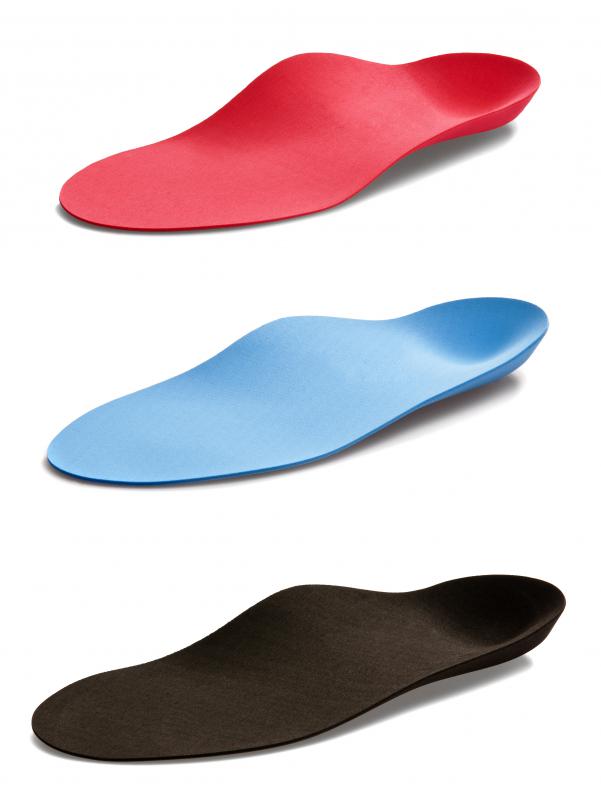At TheHealthBoard, we're committed to delivering accurate, trustworthy information. Our expert-authored content is rigorously fact-checked and sourced from credible authorities. Discover how we uphold the highest standards in providing you with reliable knowledge.
What is the Difference Between Orthotics and Prosthetics?
Orthotics and prosthetics are two types of medical devices. While they share certain characteristics, they perform entirely different functions. Orthotics are designed primarily to support a body part, while prosthetics are designed to replace a missing body part. A health care professional may also prescribe or provide either device. Knowing how orthotics and prosthetics differ from one another can help make choosing the proper device easier.
Orthotics, from the Greek word "ortho" which means "to straighten" are devices that correct or support the movement, shape or function of a body part, including the torso, limbs and extremities. The most common types are back braces, knee and foot braces and shoe inserts. Most of these devices serve to help correct problems stemming from a health condition or injury. Scoliosis, a curvature of the spine, is often treated with an orthotic back brace. Orthotic shoe inserts can help improve posture and reduce back, leg and foot pain by helping to force the skeleton into a proper alignment.

Other types of orthotics are halo braces, which are used to immobilize the upper spinal column and head following spinal cord injuries, ankle orthotics and hip braces. Orthotics also include flexible braces, for joints such as the knee and elbow, which are used to help prevent injury during athletics and other strenuous physical activity.
Prosthetics are medical devices designed to replace a lost or missing body part, and have been in use for centuries. An example of the most primitive form of this device is the peg leg, often seen in movies. Modern prosthetics is a very advanced field with devices capable of performing many tasks. A prosthetic hand, for example, can sense micro-movements of the muscles in the remaining portion of the damaged limb and use these impulses to close a robotic hand, allowing the patient to grasp and manipulate objects.

In addition to their practical function, prosthetic devices can be cosmetic as well. Prosthetic eyes serve a cosmetic function for patients who have lost an eye, and prosthetic limbs can help people who have lost one or both legs to walk or even run again. Advanced prosthetic legs designed with kevlar and carbon fiber springs allow some athletes to run at nearly Olympic levels. Equipped with a prosthetic arm, a patient may return to the workforce, perform everyday tasks or enjoy hobbies and other pursuits that would be extremely difficult or impossible with out the device.

While orthotics and prosthetics differ mainly in function, they are often constructed using some of the same materials. Advanced plastics, kevlar, neoprene rubber and nylon are all common components of both types of device. Strong lightweight metals like aluminum and titanium are becoming more common in these devices, taking the place of steel, which is much heavier. Both orthotics and prosthetics are best used under the supervision of a health professional who is qualified to determine the best type of device for a particular use or patient.
AS FEATURED ON:
AS FEATURED ON:













Discuss this Article
Post your comments